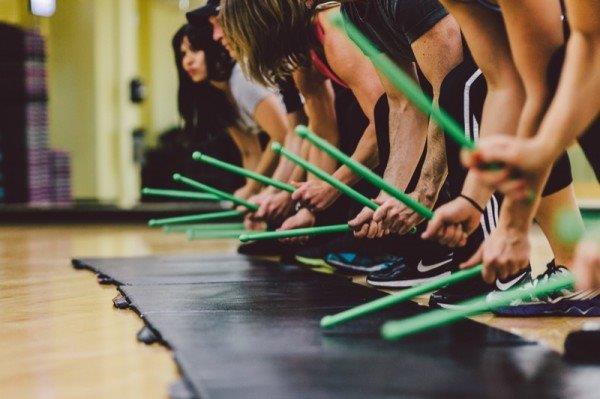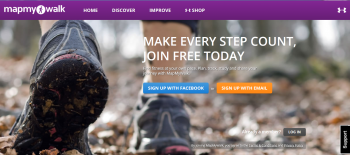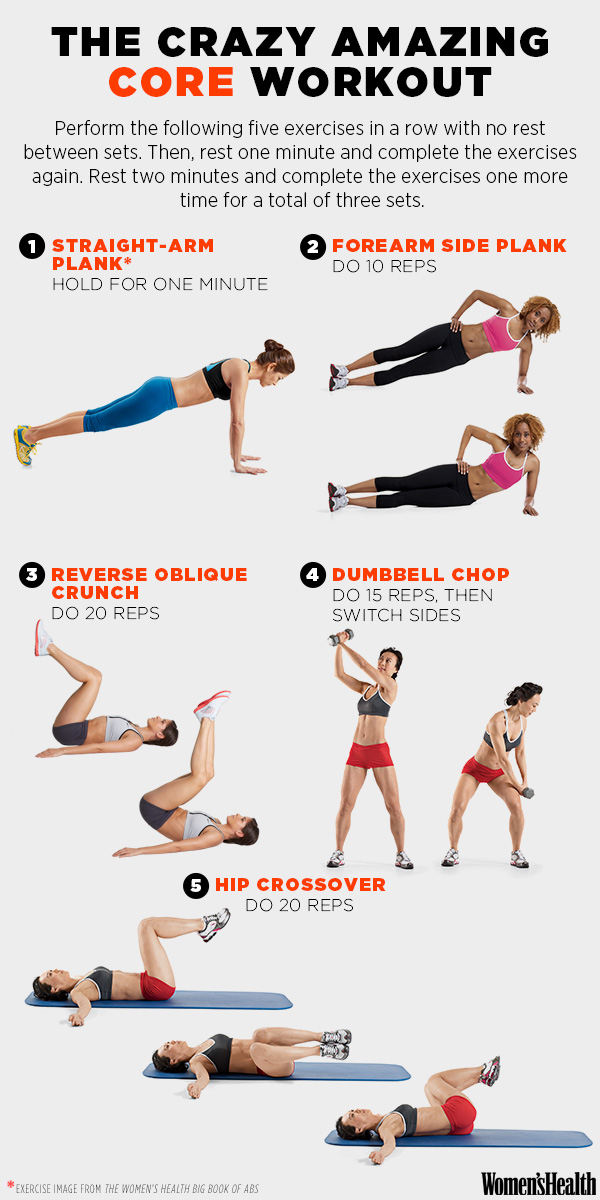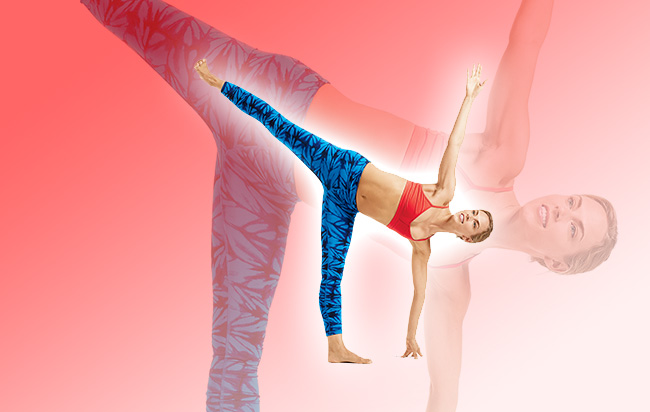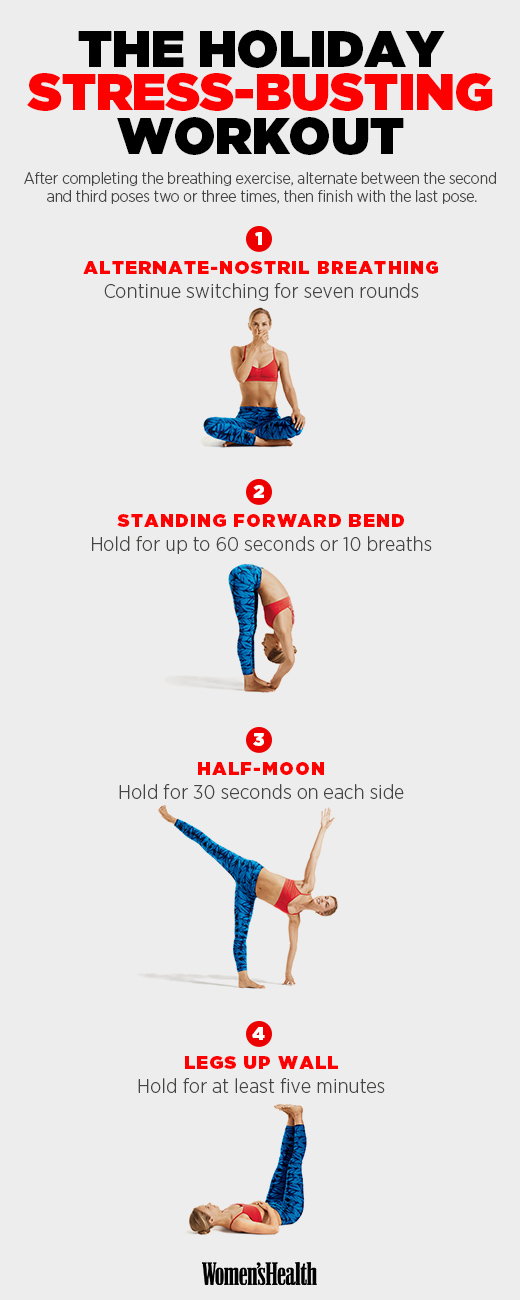Play Ball! Tips for the Weekend Baseball Warrior
Pre-Game Meals
Three to four hours before the game, eat a balanced meal. A good rule of thumb is to have one-fourth of the plate filled with whole grains such as whole-grain bread, pasta or brown rice; one-fourth of the plate consisting of lean protein such as eggs, fish, beans or chicken; and the last half of the plate featuring colorful produce. Keep meals on the healthy side since high-fat meals, such as fried chicken or a cheeseburger and fries, can lead to feeling weighed down and sluggish. Some good examples of pre-game meals include:
- Whole-grain toast with a vegetable omelet and chopped fresh fruit.
- Oatmeal (made with low-fat milk) with almonds and a banana.
- A grilled barbecue chicken sandwich on a whole-grain bun sandwich served with a spinach salad.
Then, between 30 minutes to one hour before the game, eat a piece of fruit such as a banana, apple, orange or grapes.
Drink Plenty of Fluids
Water is the most important nutrient for baseball players. Not staying properly hydrated can lead to muscle cramps, joint pain, fatigue, headaches, slow reaction time and decreased concentration. These are general guidelines to help you get started, so adjust for any personal needs:
- 2 hours before the game, drink at least 16 ounces of water.
- 15 minutes before the game, have another 8 ounces of water.
Once the game starts, stay well-hydrated by drinking about 4 to 8 ounces of fluid every 15 minutes. Don’t rely on thirst to alert you about when you should drink more — when you feel thirsty, dehydration is already setting in. Instead, use sports bottles with ounces clearly marked to keep the right hydration pace through the game. Start with water, but then — after about 1 hour of playing and sweating — switch to a sports drink. Sports drinks provide electrolytes, such as sodium, that are lost in sweat and also carbohydrates to replenish muscle energy.
Pitchers and catchers will typically need to drink more fluids than other position players since catchers wear heavy equipment and pitchers are in continuous movement.
Post-Game Recovery Plan
Within roughly 30 minutes after the game, eat a snack containing protein and carbohydrate. This combination will help repair muscles and replenish energy stores. Some good post-game snacks include: a half of a peanut butter sandwich on whole-grain bread with low-fat chocolate milk; a smoothie with low-fat milk or yogurt and frozen fruit; and string cheese and an apple.
Don’t forget about post-game fluids. To see how much you need, weigh yourself before and after games. For every one pound of weight lost, drink 16 to 24 ounces of water. Losing weight after a game is not a good thing since this is a sign of dehydration. Make it a priority to increase the amount of fluid consumed during future games.
http://www.eatright.org/resource/fitness/sports-and-performance/team-sports/play-ball-tips-for-the-weekend-baseball-warrior


